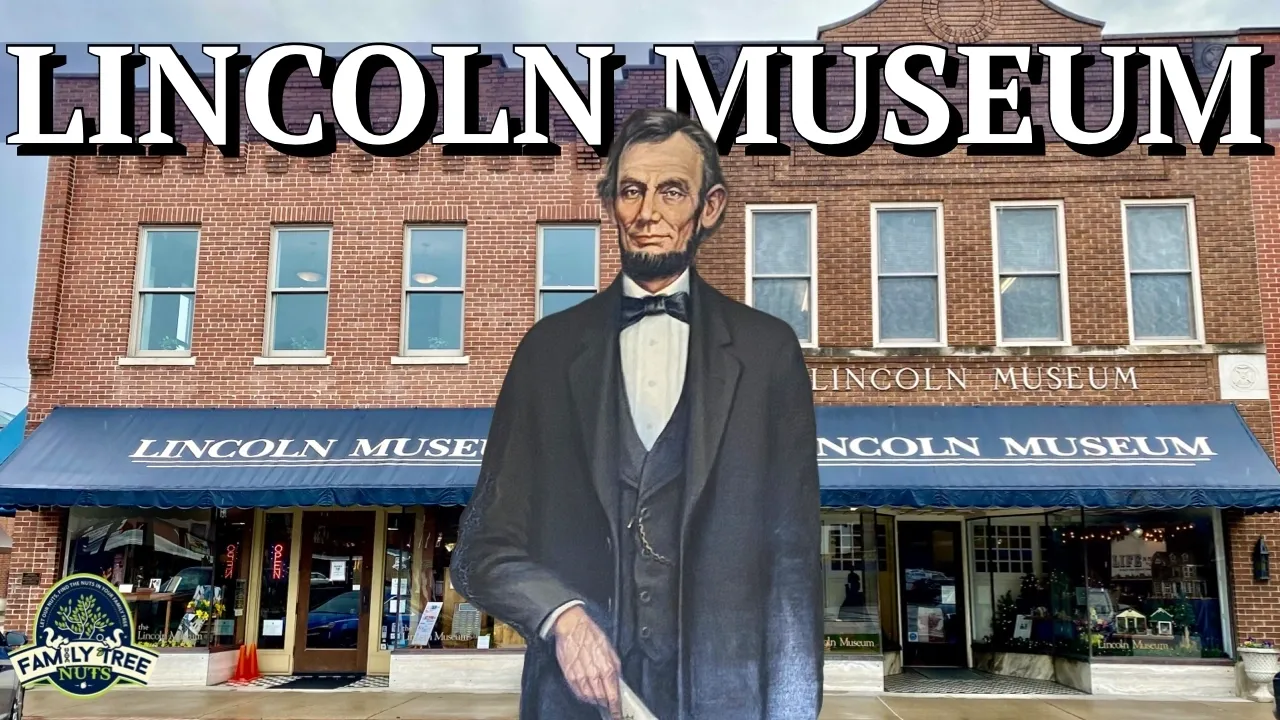
LINCOLN MUSEUM, A BRIEF TOUR & ITS HISTORY
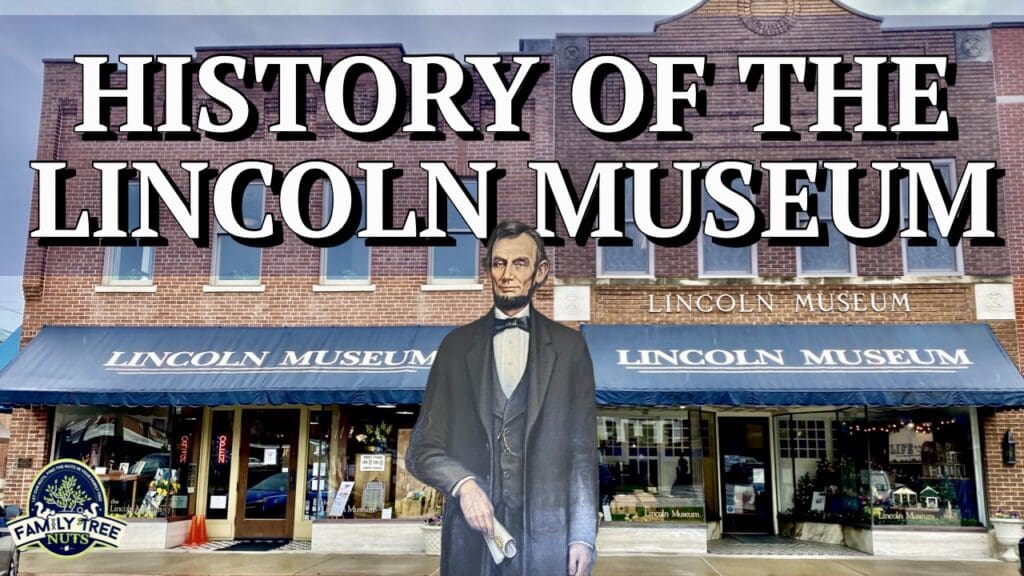
Abraham Lincoln is one of the most famous and most recognized people in history, all over the world. Few individuals have been so well loved, and to others, so detested. Lincoln has shrines, statues, monuments built in his honor all over the country. He had towns, counties, schools, and buildings named for him. As big of a figure that he is, there is only one place on earth that is his birthplace, Hodgenville, Kentucky. This museum has been called, “Kentucky’s Tribute to Abraham Lincoln”.
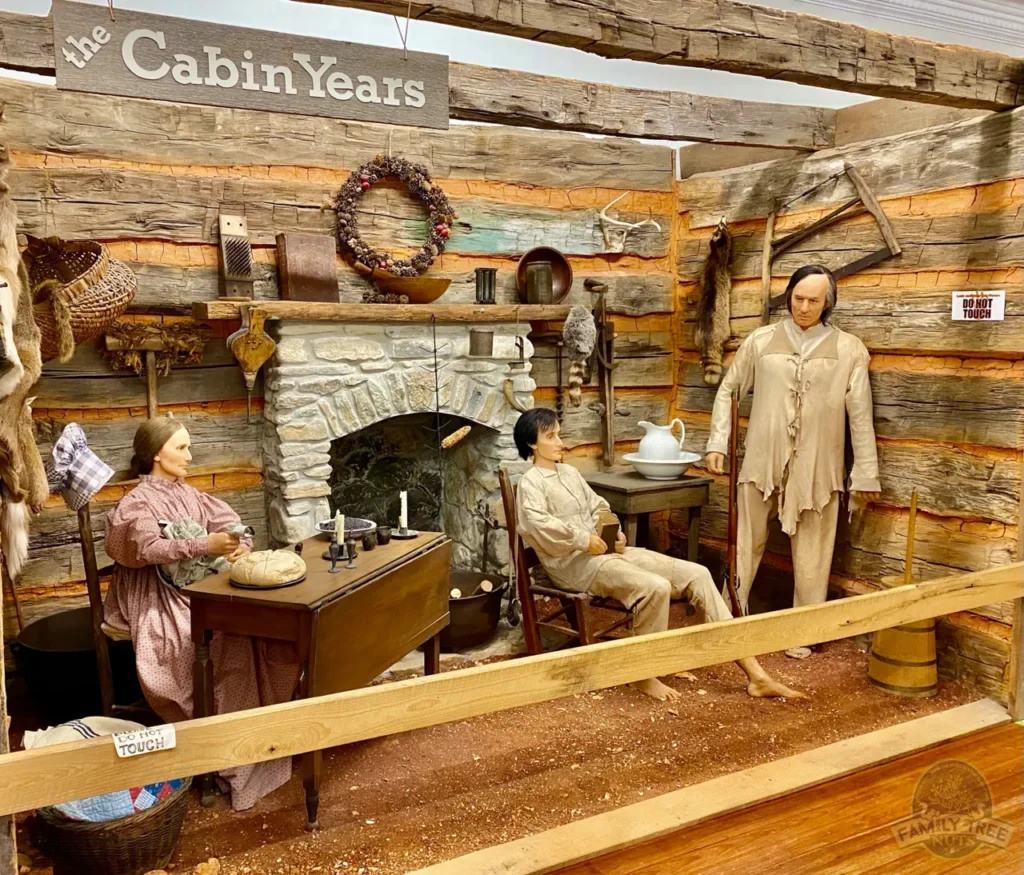
This article will take you on a little tour, and share some history of the Lincoln Museum, that sits in the delightful community that is so proud of their native son. Before we take you back, and tell you about the exhibits in the museum, it’s important to mention that nearby, there are two places that are huge to the life of Lincoln, and both places have hundreds of thousands of visitors every year.
The first place is the Abraham Lincoln Birthplace National Historic Park, which is just 3 miles south of the museum. This was the location of Sinking Springs Farm, where Abe’s parents Thomas and Nancy purchased 300 acres for only $200, just a few months before Abe was born. Here you will find the cabin that many say is the cabin that baby Abe was born in. Around the cabin is a shrine dedicated in 1909, 100 years after Abe’s birth. This was the first memorial to Lincoln ever built!
Seven miles to east of the museum is the Abraham Lincoln Boyhood Home on Knob Creek. This is where young Abe lived until his first few years, and certainly where he developed his personality, and many of his values. He even had a brush with death here, almost drowning in the creek. We have videos from both of these locations, so you’ll want to check them out too! What better place to put a museum tribute to the man that Lincoln was, than in the center of the town, in the center of both of these historic locations.
We had the pleasure to interview and video document the stories of the museums beginning from those that made the sacrifices to see it come to full fruition. Scores of folks in the community came together to do whatever needed to be done, and this wonderful museum is a direct reflection of those people. In 1988, the Hodgenville Chamber of Commerce was approached by a lady in Illinois about buying some wax figures from her. She had inherited them from her father and didn’t want them, so she reached out about selling them. The community held a meeting, got excited and raised the $20,000 needed for the purchase. They took a motor home and a couple trucks to fetch them. They say it was quite a spectacle when the town saw them being unloaded. The museum started in the building in the town square, that for the last fifty years held a store called, “Middleton and Marcum”. The store had recently closed and it was a perfect fit for the museum. The community worked after hours for months and met their goal of opening on April 1, 1989.
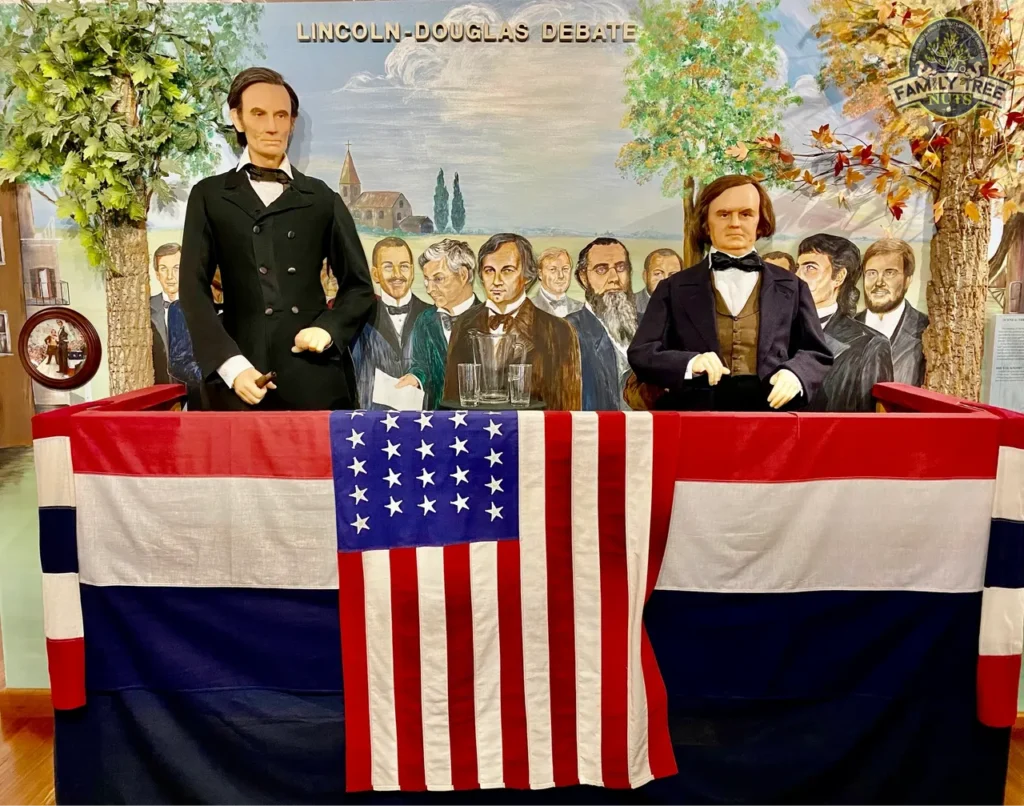
Here is a description of some of the exhibits. The first main diorama that you come to is “The Cabin Years”. Lincoln, like so many of our ancestors, came from humble beginnings. This exhibit captures the simplicity of life on the frontier that molded Abe’s values. Next, we find “The Country Store”. Many don’t know that in his early years, Abe ran a store with a partner. One time, he chased a customer down to give correct change, and from that type of behavior, he earned the nickname that stuck with him forever, “Honest Abe”. Lincoln was unsuccessful at this business venture, probably because his partner drank all the profits.
Across form here we see Lincoln portrayed as, “The Log Splitter”. This was a labor that most country folks were familiar with and was very intensive. Let’s just say, it’s the kind of work that builds character in a man. Lincoln was no doubt brilliant, but he also was no stranger to the labors of the common man. The background for this display was one large photograph, that was separated into four pieces.
Just behind The Log Splitter we come to, “The Mary Todd Lincoln House”, and we see Lincoln at the door step, coming to court his future wife Mary Todd Lincoln, in Lexington, Kentucky. This exhibit was made to scale from the actual house. Lincoln came from humble beginnings but his wife, Mary Todd was from an established, wealthy and connected Southern family. Did you know Lincoln’s wife had brothers that fought for the Confederacy?
Next, we move to the “Farmington” exhibit. Farmington was a plantation in Louisville, Kentucky and the home of Joshua Speed. Lincoln met Speed in Springfield and the two native Kentuckians became lifelong friends. In 1841, Speeds father died, so he moved home to manage the plantation. Lincoln soon came for a three week visit and it was there that he saw first-hand the realities of slavery.
Across from here is “The Stephen Douglass Debate”. Lincoln rose quickly in politics and developed a serious rival in Douglass. Douglass once called Lincoln “two faced”, prompting Lincoln to reply in expert wit, “If I had another face, do you think I’d wear this one?”. The two were rivals in more ways than one, both were pursuing Mary Todd Lincoln. Once again, it’s clear that women prefer the tall guys! Some of the people in the crowd painted on this exhibit are those that helped get this museum started.
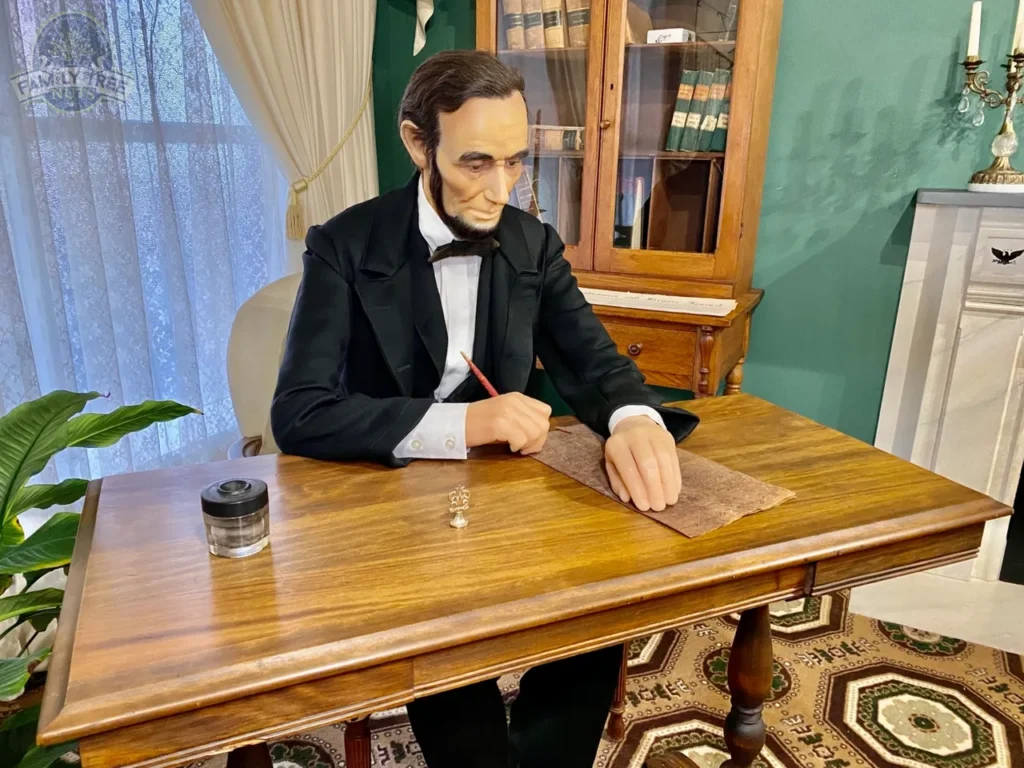
Directly across, is “The Emancipation Proclamation”, one of the things that Lincoln is most noted for, freeing the slaves. Today, many question Lincolns motives and personal feelings about slavery, but it is without question, the signing of this document had an everlasting impact on millions of Americans.
Moving on we come to “The Matthew Brady” exhibit. Matthew Brady was a renowned, and famous photographer at the time, and he took far more photos of Lincoln than any other medium. Abe said, “Matthew Brady has gotten me elected President”. The scene depicted here is one of Abe’s all-time favorites, taken with is son Tad. Brady went on to photograph and document many events of the Civil War. You are no doubt familiar with two other images that Brady captured of Lincoln, the faces we see on the penny, and the $5 bill are images taken by him.
Next is “The Gettysburg Address”. After this epic turning point in the Civil War, Lincoln gave his most well-known speech that so many of us memorized in school. Four-score and seven years ago… can you still recite it? Lincoln was missing at the time of our visit, I’m told he took a tumble and needs a bit of “cosmetic surgery”.
Behind here is “Appomattox Court House”, where Confederate General Robert E Lee, surrendered to Union General U.S. Grant, on April 9, 1865. This well-known event marked the end of the worst conflict in American History. Over 600,000 of our American ancestors perished in the war, and today, over a century and a half later, we still see its effects. Imagine the weight on Lincoln’s shoulders.
Behind Appomattox is “Ford’s Theatre”. Just 6 days after Lee’s surrender, Lincoln sat next to his wife Mary, and was assassinated by a shot to the back of the head by John Wilkes Booth. The conflict between the North and the South had not ended without Abraham Lincoln sacrificing his life. The giant of a man had fallen.
The dioramas are so well done, that if you take the time to quietly view them, they can take you back in time, and you will certainly be left with a greater understanding of him and the complicated person that he was.
But that’s not all of the museum, the dioramas are only a section of it. All along the walls, in between the life like exhibits are artifacts, picture, maps, and documents related to Lincoln. Once you get upstairs, you see a section dedicated to the Civil War that displays items from that time. Along the wall is the display for Lincolns funeral train. After Lincolns death, his body was taken to Springfield, Illinois, on a 9-car train, along with 300 guests, making stops to several cities along the way so that Americans could pay their respects. This took 3 weeks and spanned almost 1,700 miles.
Moving forward you find even more displays, in several rooms, including all sorts of, period clothing, articles, memorials, artifacts, statues, paintings, pictures, various artwork etc. You will find molds of Lincoln in life and in death. Some of the items depict life at the time of Lincoln, or just various items that displayed his image. It is amazing how many objects have existed that have his name, a picture of him, or a quote. His impact on American culture and even the world can be further understood when you view these items.
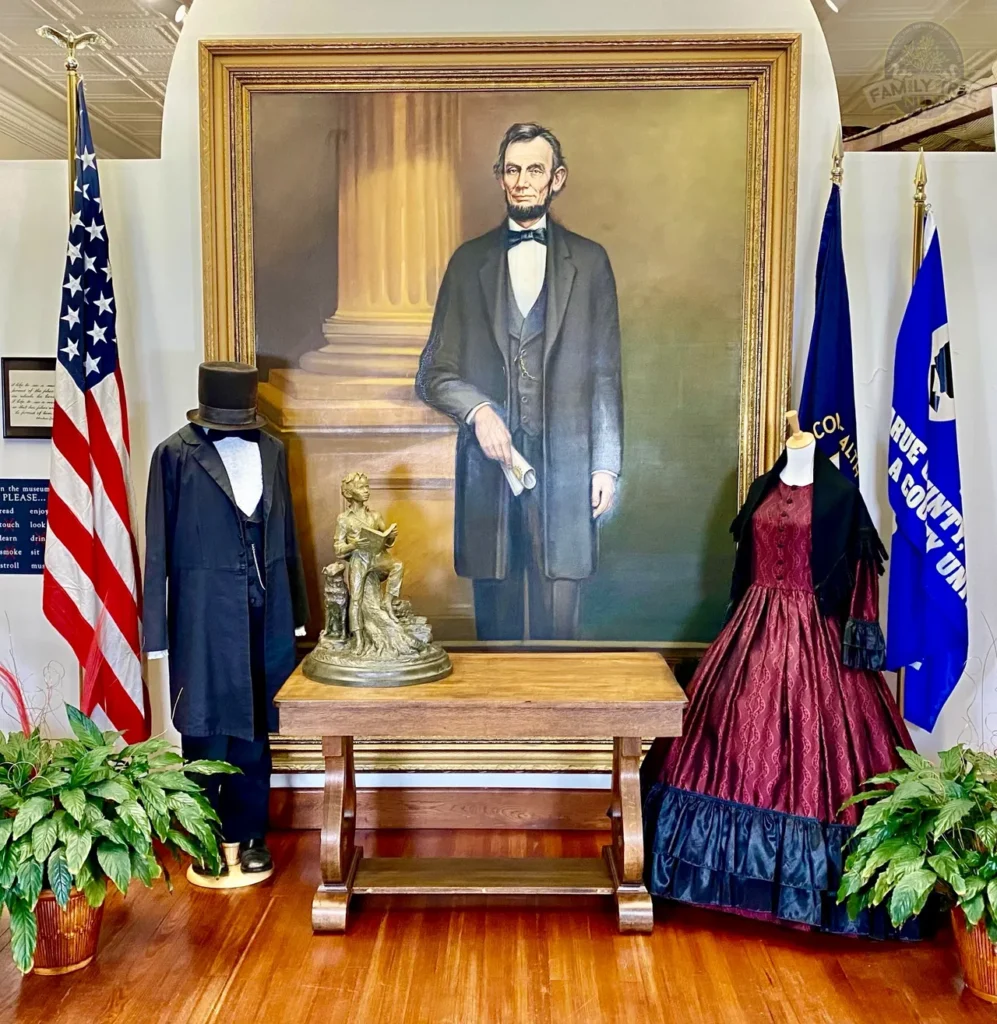
I’m told that almost all the items in the museum have been donated, and come from all 50 states, and several counties. The storage rooms in the basement are full of items that are not able to be displayed due to lack of space. There are plans of expansion, but that, like everything else, takes funds. Perhaps you have a unique item pertaining to Lincoln that you’d be willing to donate, or loan to the museum? I’m certain that they would love to hear from you.
Once you’ve visited all the rooms and soaked your brain with all the new knowledge you have acquired, it’s time to head down to enormous gift shop. The room is full of all sorts of items pertaining to Lincoln, and they have something for everyone. I of course had to make my purchase of a Lincoln stove pipe hat.
There are other museums around the country that are dedicated to Lincoln, or have large Lincoln exhibits, and all of them have tremendous value to educate, and honor Lincoln, but in my opinion, one thing that separates this museum from others is the hometown, local flair that this one has. As I stated earlier, this museum is a direct reflection of the community, and they are extremely proud of it. You will find the staff friendly, knowledgeable, and full of Southern Hospitality.
During this article, we have just scratched the surface to show you some highlights of the Lincoln Museum. I’m not exaggerating to say that I could spend days in this museum, taking the time to read, review, and reflect on all the items here. I’m told that the common thing that folks say is, “Wow! We had no idea that this museum was so large and so awesome!”. Perhaps this story will help in a small way to spread the word, and maybe you, yourself, will make the trip to Hodgenville to enjoy this masterpiece tribute to Abraham Lincoln. Be sure to see our video from the museum at the link below.
-Col. Russ Carson, Jr., Founder, Family Tree Nuts
